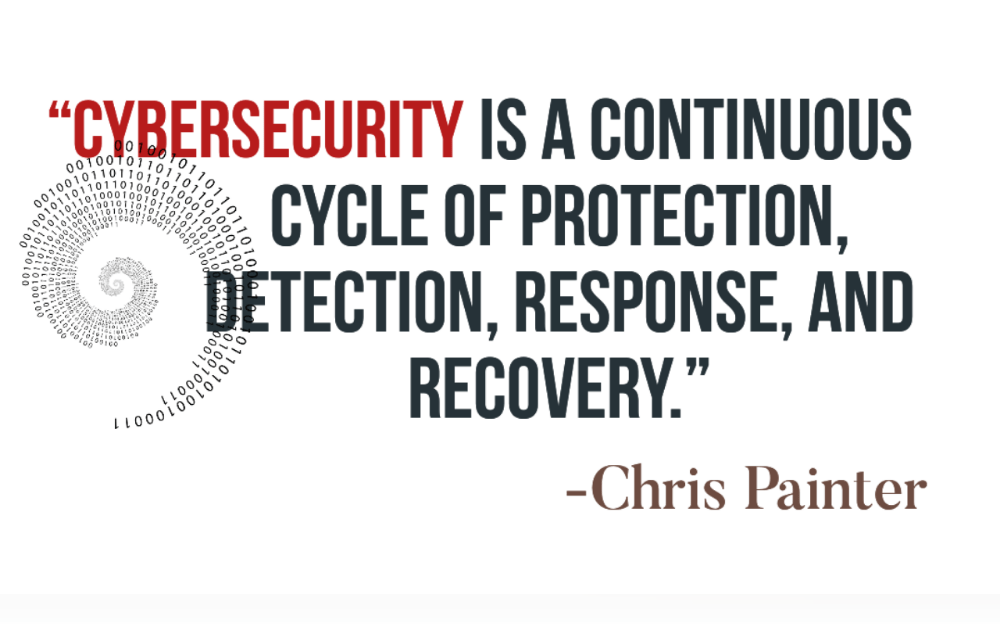

Types of cyber crime:Identity fraud is when someone uses and steals personal information. Theft of credit card information or financial data theft and selling. Cyberextortion is an illegal method of demanding money to prevent a threatened attack. Cyberextortion in the form of ransomware attacks. Using resources they do not own to mine bitcoin is known as “cryptojacking.” Cyberespionage, in which hackers obtain information from businesses or the government.Disrupting systems to the point when a network is compromised. violating copyright. gambling that is not permitted. internet sales of illicit goods. possessing, creating, or soliciting child pornography.
Targeting computers, cybercriminals may install malware on them to cause harm or prevent them from functioning. Malware is another tool they might employ to erase or steal data. Or, in what is known as a Denial-of-Service (DoS) attack, fraudsters may block people from accessing a website or network or stop a company from providing software services to its clients.
Phishing is the practice of sending spam emails or other communications with the goal of deceiving recipients into doing an action that compromises their security. Phishing campaign communications could ask for private information from the recipient or include malicious attachments or links.Spear-phishing is a different kind of phishing campaign. These are targeted phishing tactics that aim to deceive certain individuals into jeopardizing the security of the company they work for.











